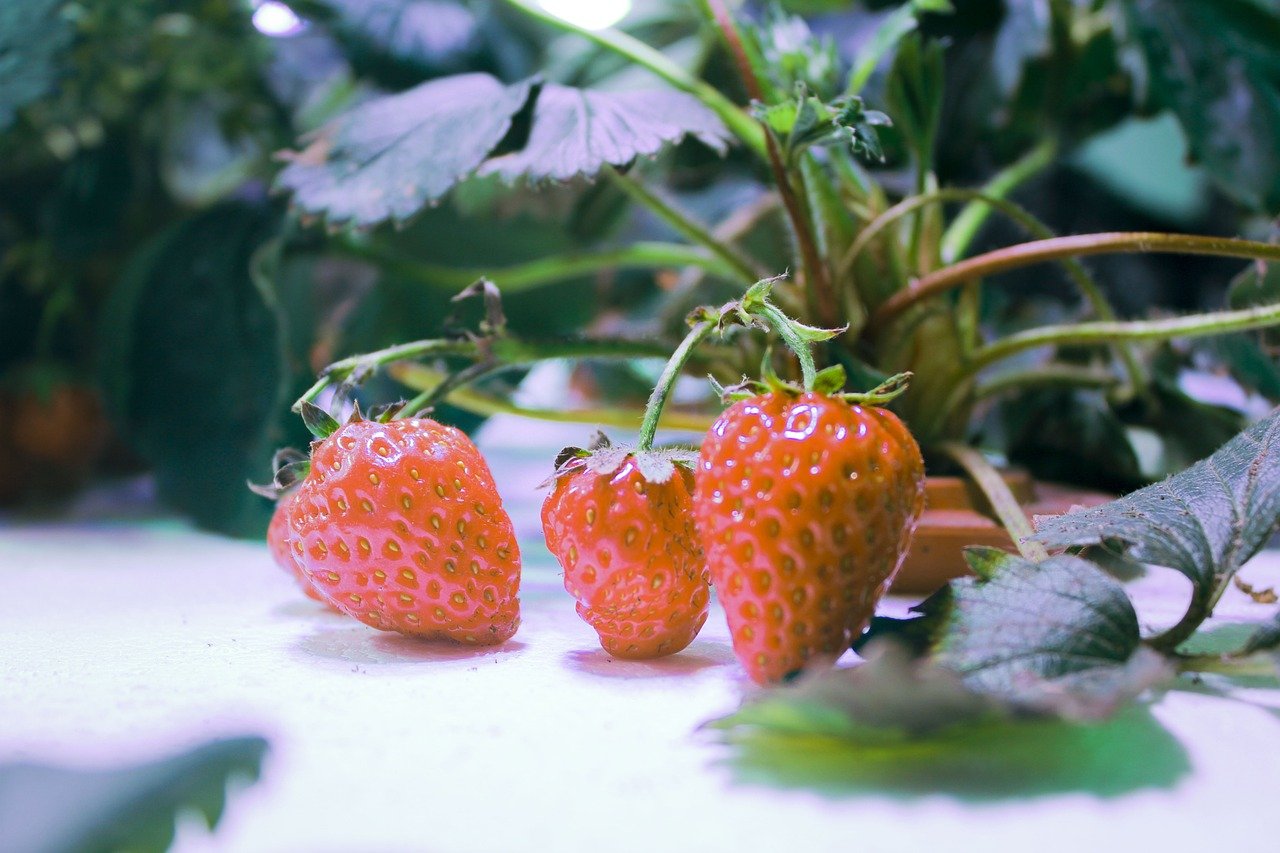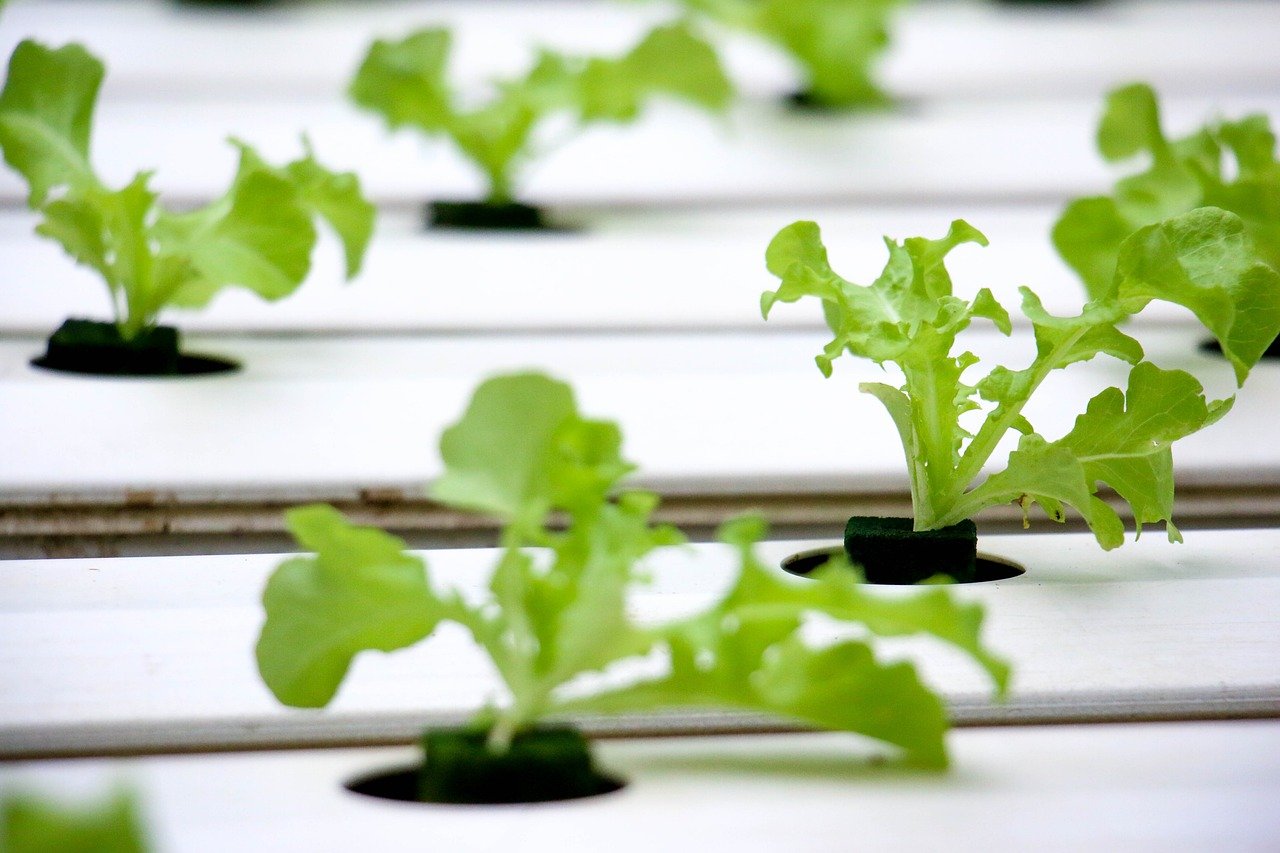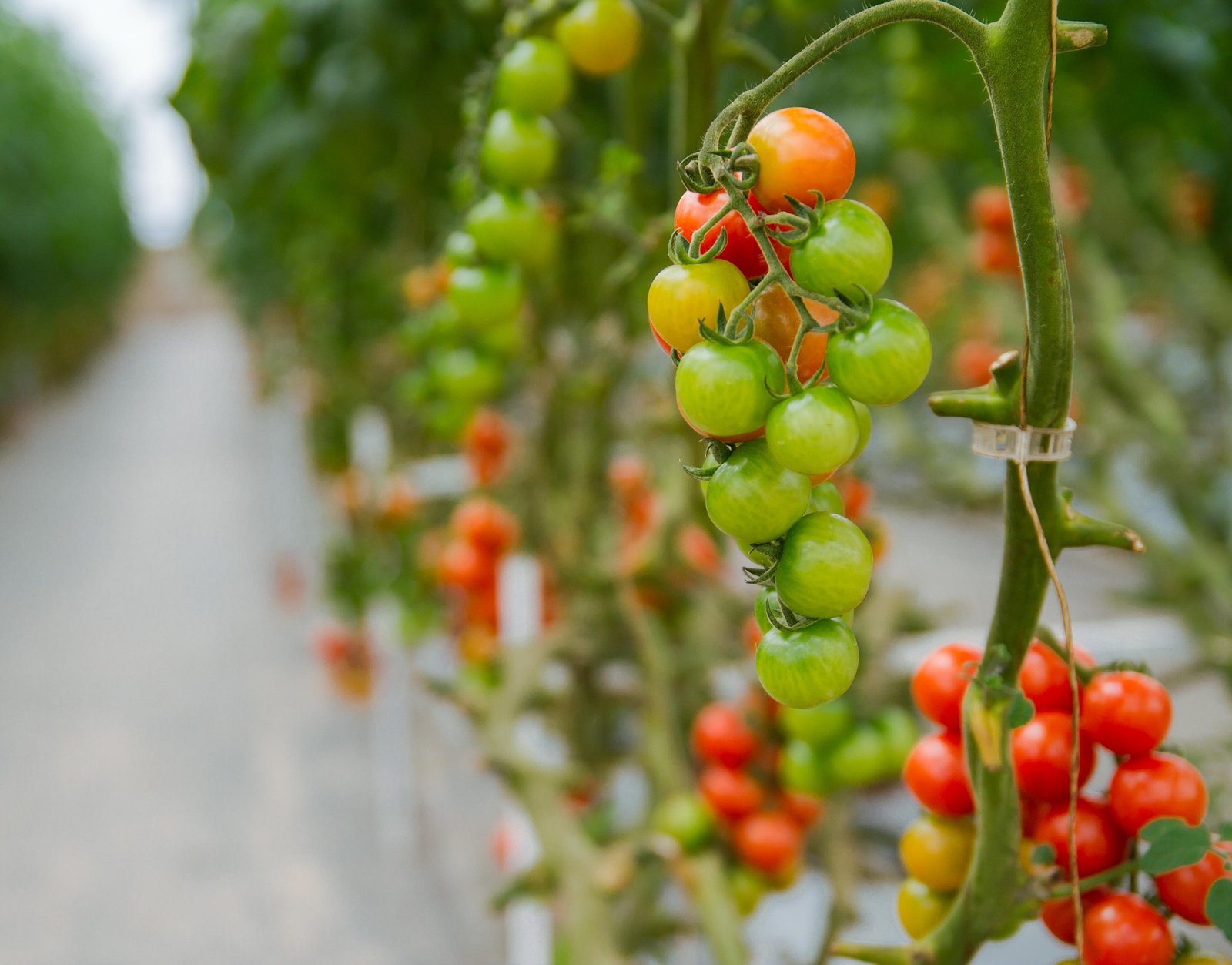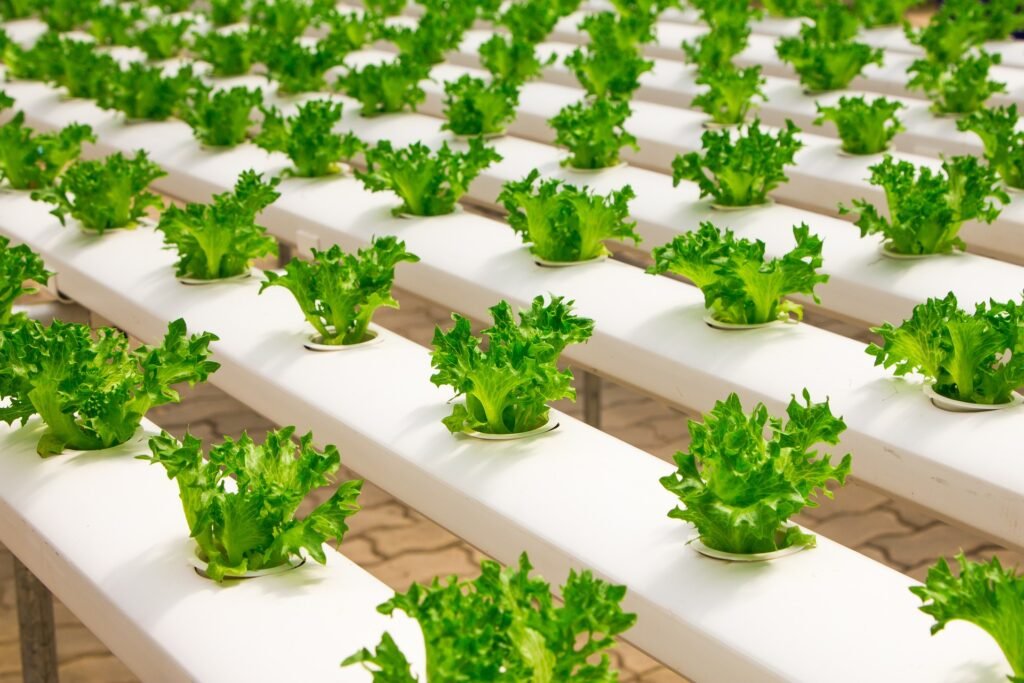Best Plants to Grow Hydroponically
The 10 Best Plants to Grow Hydroponically. Growing plants hydroponically has become increasingly popular in recent years, as it is a great way to produce healthy, nutrient-rich plants in a controlled environment. It is also one of the easiest ways to grow plants indoors or outdoors depending on your requirements.
Hydroponic systems are designed to provide the ideal environment for plants to thrive, allowing them to reach their full potential. This leads to healthier plants with higher yields and improved resistance to pests and diseases.
If you’re wondering what plants grow best in such an environment, you have come to the right place.
Here we are going to discuss some of the plants that you can start growing hydroponically. We are also going to look at a few plants that are harder to grow using this method.
So, without further ado, let’s get started with the 10 Best Plants to Grow Hydroponically!
Best Plants to Grow Hydroponically
Hydroponic farming promotes sustainable agriculture; however, not all plants can be grown in such an environment. Farmers choose plants that can be grown with minimal effort and resources for hydroponic farming.
Here are a few crops you can easily grow at home in a controlled hydroponic environment.
Can the Lettuce Varieties Recommended for Hydroponics also be Grown in Other Hydroponic Systems?
Yes, the easy to grow lettuce varieties recommended for hydroponics can also be successfully grown in other hydroponic systems. With the right nutrients, lighting, and growing conditions, these lettuce varieties can thrive in various hydroponic setups, providing a consistent and bountiful harvest regardless of the system used.
1. Lettuce
Lettuce or Lactuca sativa is a great choice for hydroponic gardening because it’s fast-growing and very easy to manage. Many first-time gardeners start their hydroponic journey by planting lettuce. A typical lettuce plant will take about six to eight weeks to grow to maturity in a hydroponic system.
There are many varieties of lettuce and you can grow almost all of them hydroponically. However, the best ones for this type of system are iceberg, butterhead, and romaine lettuce. All these types will give you a high yield and require minimal maintenance.
2. Strawberries
Strawberries are another example of plants that can be grown in a water-based nutrient solution because of their high water content. If you choose to grow strawberries hydroponically, you don’t have to worry about pests or diseases affecting your crop.
It has been seen that strawberries grown using this method are more nutrient-rich and a great source of vitamin C. Not only is hydroponic strawberry flavor superior, but the crop can also be harvested quickly, ensuring maximum freshness.

3. Mustard Greens
Mustard greens are a perfect crop for hydroponic gardens and can be harvested within just a few weeks of planting. With the right setup and care, you can enjoy a bountiful harvest of fresh, organic mustard greens right from your own kitchen!
If you want to grow mustard greens in a water-based environment, there are a few points you need to keep in mind. The temperature has to be maintained between 55 to 70 degrees Fahrenheit. Moreover, the greens need at least 16 hours of light every day to grow properly.

4. Spinach
Like mustard greens, spinach is also a great choice for hydroponic gardening. Hydroponics allows you to control the environment in which your spinach grows, so you can be sure that it is receiving the perfect balance of light, water, and nutrients.
There are many spinach varieties and most of them can be grown hydroponically. This plant requires 40 to 50 days to grow to maturity. If you use proper lighting and a nutrient-rich solution, this plant can be harvested even earlier.
5. Herbs
Herbs like mint, thyme, rosemary, basil, and oregano can be easily grown in a controlled environment indoors. The only requirement is to get the conditions right for each herb, so you can enjoy a steady supply of fresh, nutrient-rich, and flavorful herbs.
Most of these herbs grow quickly; for example, basil matures in just about 28 days, and a mint plant grows 3 to 4 inches every month. However, some herbs like oregano may need up to 90 days before they can be harvested.
6. Tomatoes
While it’s possible to grow tomatoes hydroponically, you must remember that they need a lot of natural or artificial light to grow properly. When it comes to hydroponic tomatoes, indeterminate varieties are generally the best choice. These are also known as vining tomatoes.
Once you’ve planted your tomato seeds, make sure to keep the nutrient solution in your growing system at the correct pH level and to monitor your plant’s health regularly. Growing tomatoes using this method is a great way to enjoy a steady supply of fresh fruit for your kitchen.

7. Cucumbers
Cucumbers, like other plants discussed in this post, thrive in moisture and warmth and are therefore a great choice to be grown hydroponically. There are many varieties of cucumbers and the best ones for hydroponic systems are Bush Champion, Spacemaster, and Beit Alpha.
If you choose this method for growing cucumbers at home, you will have to wait for four to six weeks to harvest the produce. They are one of the most profitable crops to grow in a water-based environment because of their high yield and low maintenance.
8. Kale
Kale is a highly adaptable plant and is therefore a perfect choice for hydroponic systems. It takes about three to four months for kale to grow to maturity in a water-based growing environment. However, some people also harvest baby kale as soon as 20 to 30 days after transplanting the plant to a hydroponic system.
For greens like kale, Deep Water Culture systems and the NFT or nutrient film technique are the most recommended hydroponic systems.
9. Peppers
If you’re a new hydroponic gardener, we would recommend you start your journey with peppers. Not only will your hydroponically-grown peppers taste better, but they will also be ready to harvest in a short span of time.
There are many varieties of peppers, and almost all of them can be grown hydroponically. These include cayenne, tabasco, bell, jalapeno, hybrids, pepperoncini, and poblano.
However, to make sure your peppers grow exceptionally well in such an environment, make sure they get at least 12 hours of light every day along with a pH of 6.0 to 7.0. Deep Water Culture systems are ideal for growing peppers at home.
10. Bay Leaves
Many people use bay leaves in their dishes to add that characteristic aroma and flavor. One of the best things about bay leaves is that they can be grown hydroponically with minimal effort required on your part.
Hydroponic systems allow bay leaves to access all of the necessary nutrients they need to grow without the need for soil. Plus, they can be grown indoors and are much easier to manage than traditional gardening methods.
What Are Some Easy Hydroponic Plants to Grow at Home?
Looking to start growing hydroponic vegetables at home? Some easy options include lettuce, spinach, and herbs like basil and cilantro. These plants thrive in a hydroponic system and are perfect for beginners. With the right setup, you can enjoy fresh, homegrown produce all year round.
What Cannot Be Grown Hydroponically?
While hydroponics is an amazing and above we see 10 Best Plants to Grow Hydroponically grow, it does have a few limitations. This type of method is not suitable for every type of plant. So, let’s have a look at some plants that cannot be grown hydroponically.
Potatoes
Potatoes are an example of plants that cannot be grown hydroponically because they need a lot of space to grow. Another issue with growing potatoes hydroponically is that the environment needs to be carefully controlled. Potatoes need a certain temperature and humidity level to grow properly, and this can be difficult to maintain in a hydroponic system.
Root Vegetables
Root vegetables are another type of plant that cannot be grown hydroponically. Vegetables such as carrots, beets, and turnips need to be planted in the soil in order to access the nutrients and water they need.
Additionally, root vegetables need to be planted at a certain depth in order to grow properly, which is difficult to achieve in a hydroponic system. Furthermore, root vegetables need to be harvested from the soil, which is not possible in a hydroponic system.
Corn
Corn needs a lot of sunlight to grow properly. Moreover, the plant has extensive roots and can go as deep as 60 inches in the soil. Because of these reasons, it’s simply not possible to grow this plant in a hydroponic environment.
Watermelon and Squash
These are examples of plants that need a lot of space to grow. Typically, vines of a watermelon plant can spread out up to 10 feet. Moreover, the size of the watermelon fruit is also one of the limitations to growing it in such an environment.
Similarly, for growing squash, hydroponics is not the best option. These systems are usually designed for smaller plants with shallow root systems, while squash requires more space and a deeper root system.
Additionally, the large leaves of squash need more light than what can be provided by most hydroponic systems, which often don’t have adequate lighting.
Wrapping Up
Put simply, plants that need a lot of space and light to grow are not suitable for hydroponic farming. Moreover, some crops need adequate nutrients that can only be obtained from the soil. So, if you are thinking of experimenting with hydroponic gardening, it is recommended to start with the easiest-growing plants to be successful in this endeavor.
This method of gardening allows for greater control over the plant’s environment and can be used to cultivate larger and more plentiful plants than traditional soil-based gardening.
In this article, we have looked at the 10 Best Plants to Grow Hydroponically easily and efficiently. These require very little maintenance and they grow faster in a water-based environment. So, choose one of these crops and start enjoying your fresh and flavorful produce!

